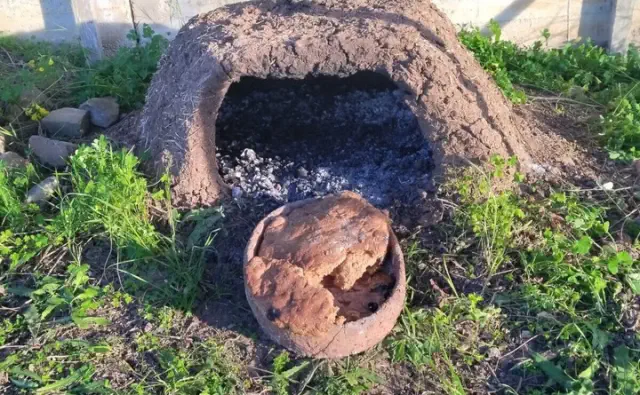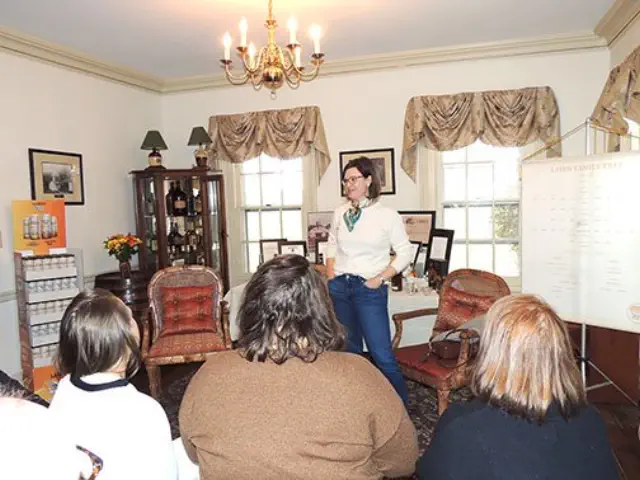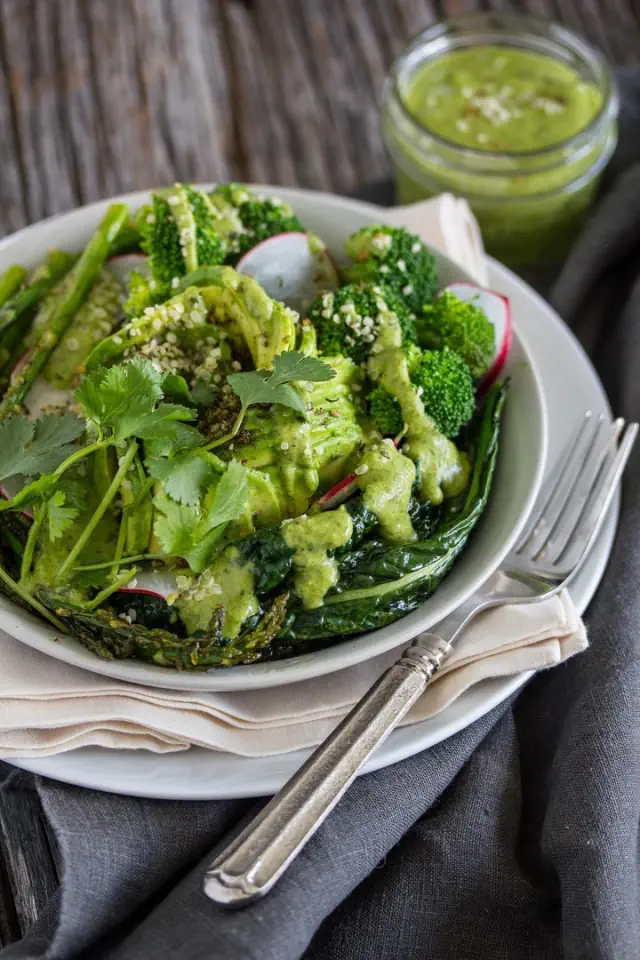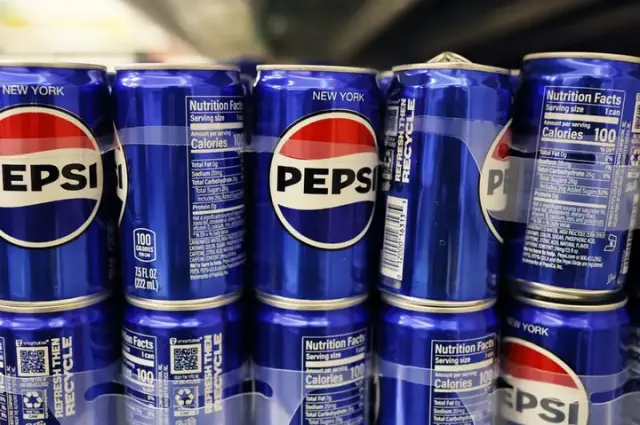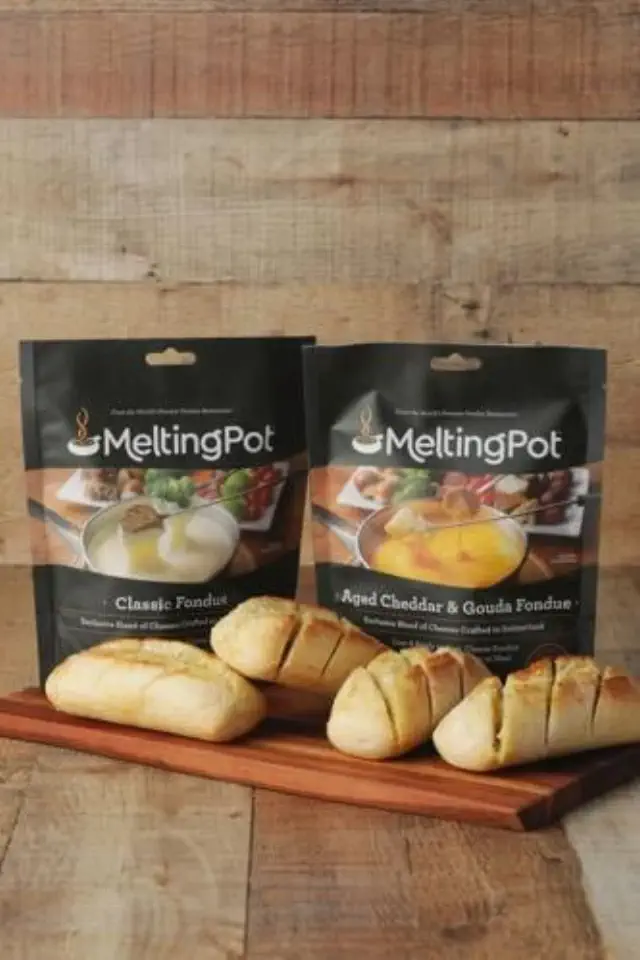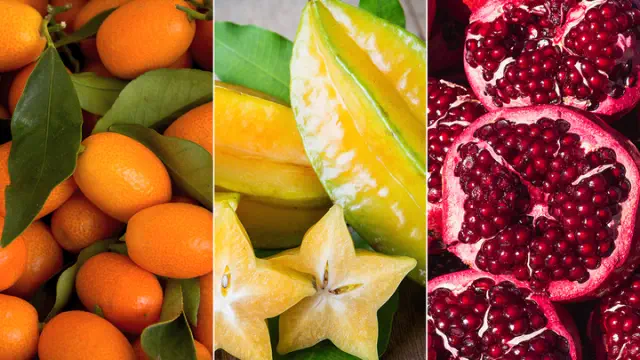Ancient pottery reveals the story of humanity's earliest skilled bakers.
BARCELONA — A new archaeological study has revealed that some of humanity’s earliest farmers weren’t just making basic flatbreads — they were crafting something closer to modern-day focaccia, complete with seasonings and oils. This discovery dates back to communities that lived between 6400 and 5900 BCE in what is now Syria and Turkey.
While it’s long been known that ancient peoples were baking bread, researchers now have evidence that these early cooks were far more sophisticated than previously thought. Using specialized clay trays, they were creating both plain loaves and more elaborate recipes that included animal fats and plant oils. Their study shows how experimental cooking has been part of human culture for at least 8,000 years.
These ancient clay trays were essentially the world’s first non-stick baking pans. Made from coarse clay, they featured distinctive grooved patterns on their inner surfaces, not unlike modern bread pans, but with scoring that helped prevent the dough from sticking. These vessels, which archaeologists call “husking trays,” were previously thought to be used mainly for processing grains. Now, thanks to new research techniques, we know they were actually well-crafted baking dishes.
A global research team, headed by Sergio Taranto from Sapienza University of Rome in collaboration with the Autonomous University of Barcelona, investigated 13 pieces of ancient trays discovered at three archaeological locations: Mezraa Teleilat, Akarçay Tepe, and Tell Sabi Abyad.

View pictures in App save up to 80% data.
To understand how these ancient bakers worked, researchers recreated their methods using replica trays. They found that when placed in dome-shaped ovens heated to around 420°C (788°F), which is about twice as hot as a modern home oven can get. These trays could bake large loaves of bread in about two hours. The grooved patterns helped prevent the bread from sticking, much like how we grease and flour pans today.
“Our study offers a vivid picture of communities using the cereals they cultivated to prepare breads and ‘focaccias’ enriched with various ingredients and consumed in groups,” Taranto says in a statement. The size of these breads — weighing around 3 kilograms (about 6.6 pounds) — suggests they may have been meant for sharing among community members.
The research team employed three distinct approaches to examine the tray fragments. Initially, they examined wear patterns, akin to the signs of use found on a frequently used contemporary pan. Additionally, they sought microscopic remnants of plants, known as phytoliths, as well as chemical residues of fats and oils that may have permeated the clay throughout the years.
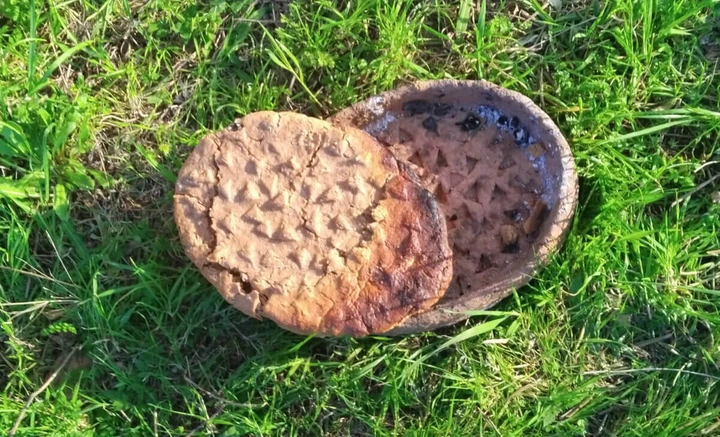
View pictures in App save up to 80% data.
What they found was fascinating. Some trays showed signs of being used only for basic bread, while others contained evidence of more elaborate recipes including animal fats and plant oils. They identified both wheat and barley as ingredients, confirming these early bakers were using the crops they grew to make their bread.
Taranto states, “The husking trays we discovered suggest that this Late Neolithic cooking tradition evolved over a span of about six centuries and was prevalent across a broad region of the Near East.”
This discovery, published in Scientific Reports, is certainly exciting news for both history and baking buffs alike. It shows how complex cooking techniques developed alongside early farming, much earlier than we may have realized. Rather than simply producing simple recipes for survival, these communities were developing sophisticated culinary traditions, experimenting with different ingredients and techniques, and possibly even specializing in particular recipes.
The next time you savor a soft, warm, and delectable slice of focaccia, you'll appreciate the ingenuity of those early chefs who brought this delightful bread to life.
Summary of the Paper
Approach
The research group employed three primary methods that work in harmony, similar to assembling a jigsaw puzzle. In the same way a detective analyzes tangible evidence, chemical residues, and testimonies to crack a case, these scientists investigated the physical degradation of the pottery, remnants of plants embedded in the clay, and chemical traces left by fats and oils.
The patterns of wear observed on the pottery revealed the usage of the vessels, much like a frequently used contemporary frying pan exhibits signs of cooking through changes in color and texture. To uncover plant remnants, they sought out tiny silica particles known as phytoliths, which are produced within plants and endure long after the original plants have decayed. For the chemical examination, they looked for remnants of fats and oils that had permeated the clay over millennia.
Outcomes
The study uncovered two separate methods of bread-making. Certain trays displayed indications of simple bread production, whereas others exhibited obvious traces of more complex recipes that incorporated animal fats and plant oils. The researchers also discovered remnants of both wheat and barley, which confirmed that these communities were utilizing their cultivated grains for the purpose of making bread.
The temperature data was especially intriguing – chemical indicators revealed that these vessels attained temperatures of at least 300°C (572°F), which aligns with the heat required for baking bread. This discovery supports the experimental reconstructions that proposed these trays were utilized in heated, dome-shaped ovens.
Constraints
Although this research offers intriguing perspectives, it is crucial to acknowledge its limitations. The investigation focused on just 13 pottery shards from three archaeological locations within a single area of the Middle East. Consequently, the results may not reflect the diverse ancient bread-making techniques found in various regions and cultures.
Moreover, after 8,000 years, a significant number of organic materials have broken down, which could hinder our comprehension of the various ingredients that these ancient bakers may have utilized. The scientists were only able to pinpoint those substances that left behind identifiable chemical marks in the clay.
Dialogue and Key Insights
This research significantly alters our perception of early agricultural societies. Rather than viewing them merely as individuals concerned with basic food cultivation, we now recognize that they were refining advanced cooking methods and crafting diverse recipes. The findings indicate that they weren't solely baking bread for sustenance; instead, they were experimenting with a range of dishes and likely distributing larger loaves within their communities.
Financial Support and Acknowledgments
The study was a joint initiative that included various institutions such as the Autonomous University of Barcelona, Sapienza University of Rome, the Milà i Fontanals Institution, and the University of Lyon. Financial support was provided by the I + D project funded by the Ministerio de Ciencia e Innovación and the Department of Science of Antiquities at Sapienza University of Rome.
Publication Details
The study “Unveiling the culinary tradition of ‘focaccia’ in Late Neolithic Mesopotamia by way of the integration of use-wear, phytolith & organic-residue analyses” was published in Scientific Reports on November 5, 2024.
